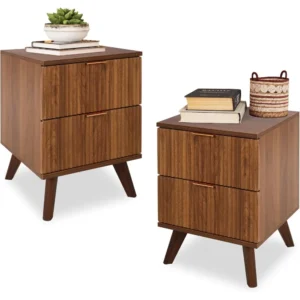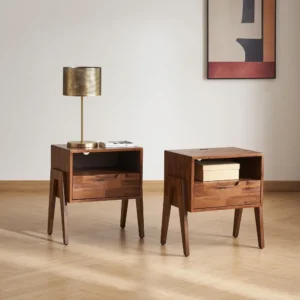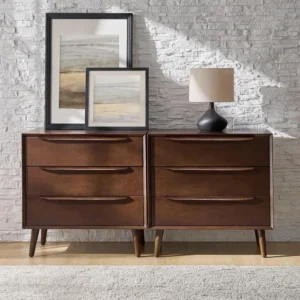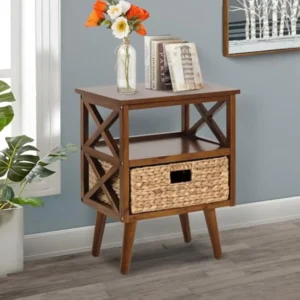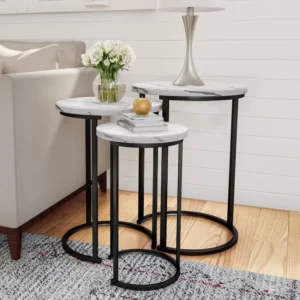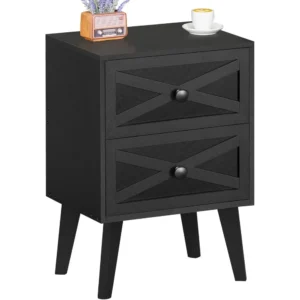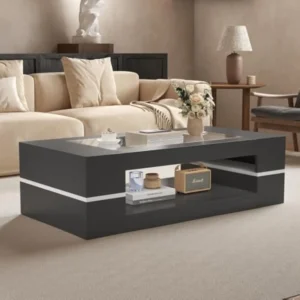Mid-Century Modern Walnut Side & End Tables
Add timeless style and function with mid-century modern walnut side and end tables. Their iconic clean lines and warm wood elegantly hold your essentials, from coffee cups to favorite books.
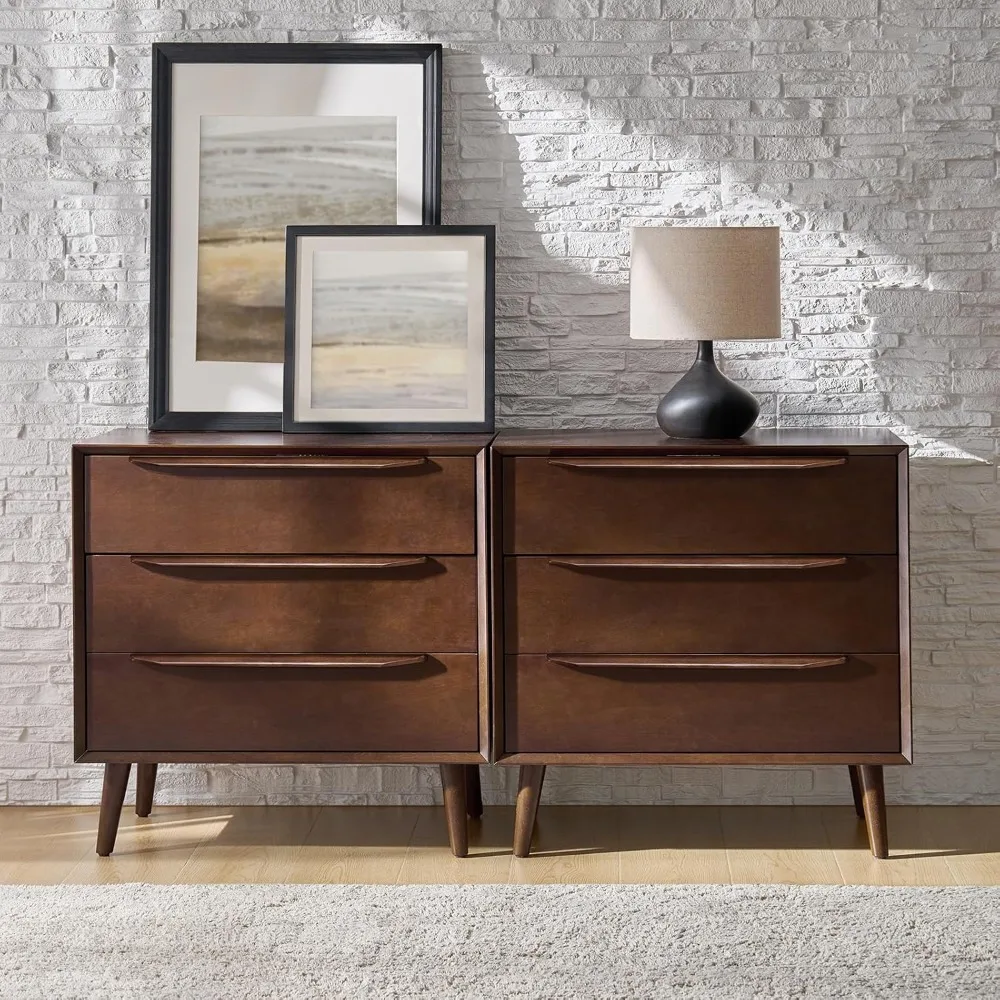
Showing all 4 results
Mid-Century Modern End Table Sets of 2, Mid-Century Modern Solid Wood Side & End Tables, Mid-Century Modern Walnut Side & End Tables
Price range: $271.14 through $470.66 Select options This product has multiple variants. The options may be chosen on the product pageMid-Century Modern Small Side & End Tables, Mid-Century Modern Solid Wood Side & End Tables, Mid-Century Modern Square Side & End Tables, Mid-Century Modern Walnut Side & End Tables
Price range: $515.34 through $951.66 Select options This product has multiple variants. The options may be chosen on the product pageMid-Century Modern End Table Sets of 2, Mid-Century Modern Walnut Side & End Tables
Price range: $978.89 through $1,957.38 Select options This product has multiple variants. The options may be chosen on the product pageMid-Century Modern Square Side & End Tables, Mid-Century Modern Vintage Side & End Tables, Mid-Century Modern Walnut Side & End Tables
$243.76 Select options This product has multiple variants. The options may be chosen on the product page
Showing all 4 results
Authentic Mid-Century Modern Walnut Side & End Tables: The Perfect Blend of Form and Function
Mid-century modern walnut side and end tables represent the perfect marriage of artistry and utility in home furnishings. These timeless pieces feature clean, organic lines, warm wood tones, and a minimalist aesthetic that has captivated design enthusiasts for generations. At Hearth Forms, we celebrate these iconic pieces for their ability to transform any space with their distinctive character.
The hallmark tapered legs, sleek profiles, and thoughtful proportions make these tables instantly recognizable as authentic mid-century design. More than just beautiful objects, these versatile accent pieces serve as functional art in living rooms, bedrooms, and studies alike. Whether placed beside a sofa or used as nightstands, walnut side tables add warmth and sophistication to any interior.
What distinguishes truly exceptional mid-century modern furniture is the uncompromising quality of materials and craftsmanship. Each table in our collection represents a commitment to design integrity that honors the original principles of this influential movement while complementing contemporary interiors with timeless elegance.
Why Choose Walnut for Mid-Century Modern Tables?
Walnut holds a special place in mid-century modern furniture design for good reason. This premium hardwood offers a rich spectrum of color variations—from light honey tones to deep chocolate hues—that create visual interest and warmth. The distinctive grain patterns, often featuring beautiful striations and occasional burls, make each piece uniquely captivating.
Beyond aesthetics, walnut provides exceptional durability that ensures these pieces can be enjoyed for generations. Unlike many materials that deteriorate with time, walnut actually improves with age, developing a rich patina that enhances its character and depth. This natural aging process creates furniture with a story to tell.
Walnut’s versatility allows it to complement both vintage collections and contemporary interiors with equal ease. Its medium-dark tone provides a perfect foundation that enhances various color schemes, making it the ideal material for furniture that bridges different design eras.
Essential Features of Quality Mid-Century Modern Side Tables
Authentic mid-century modern side tables embody specific design principles that define their enduring appeal. The most distinctive elements include tapering legs that create a sense of lightness, clean silhouettes that avoid unnecessary ornamentation, and proportions that balance visual elegance with practical functionality.
Quality construction reveals itself through meticulous attention to detail. Look for tables featuring traditional joinery techniques like dovetail joints, mortise and tenon connections, or finger joints—all signs of furniture built to last. The finishing process should highlight rather than mask the beauty of the walnut, with smooth, hand-rubbed surfaces that showcase the wood’s natural character.
The genius of mid-century design lies in its ability to blend minimalism with supreme functionality. Many pieces incorporate practical storage solutions like hidden drawers or additional shelves without disrupting their clean lines. This thoughtful fusion of form and function explains why these designs remain relevant and sought-after decades after their introduction.
Iconic Design Elements
The signature elements that define mid-century walnut side tables include:
- Tapered legs: Angled, slender legs that create a sense of elevation and visual lightness while providing stable support
- Organic curves: Subtle, flowing lines often found in table edges that soften the overall geometric form
- Minimal hardware: Discreet pulls or entirely handle-free designs that maintain clean surfaces
- Mixed materials: Thoughtful combinations of walnut with materials like brass, leather, or marble that create visual interest
These elements reflect the broader mid-century modern design philosophy that values honest materials, functional elegance, and accessible sophistication. Each feature serves both aesthetic and practical purposes, demonstrating how thoughtful design enhances daily living.
Popular Styles of Mid-Century Modern Walnut Tables
Danish Modern
Characterized by organic shapes, warm walnut tones, and exceptional craftsmanship, Danish Modern tables feature flowing lines and impeccable joinery. These pieces excel in living rooms paired with low-profile seating and natural textiles, creating serene, inviting spaces.
American Modern
Featuring slightly bolder proportions and more pronounced angles, American Modern tables often incorporate geometric elements and contrasting materials. They make excellent statement pieces in eclectic interiors or home offices when paired with vibrant accessories.
Minimalist Scandinavian
These tables emphasize extreme simplicity, clean lines, and functional elegance. Often featuring lighter walnut finishes, they work beautifully in contemporary spaces with neutral color schemes and natural light.
Space Age Influence
Incorporating playful elements like rounded corners, asymmetrical shapes, and occasional pops of color or unusual materials, these pieces bring a sense of optimism and innovation to any room setting.
Nesting and Multi-Functional Tables
Nesting tables represent mid-century design ingenuity at its most practical. These space-saving sets typically include 2-3 tables of graduated sizes that can be stored compactly together or separated to serve multiple purposes throughout a room.
Their versatility makes them ideal for entertaining, providing extra surfaces when needed without permanently occupying valuable floor space. Despite their practical nature, these designs maintain design integrity through consistent materials, complementary proportions, and cohesive details.
Creative applications include using individual tables as impromptu dining surfaces, display platforms for collections, or bedside tables that can be easily relocated when needed. This adaptability makes nesting sets particularly valuable in smaller living spaces where flexibility matters most.
How to Select the Perfect Walnut Side Table for Your Space
Finding the ideal walnut side table involves thoughtful consideration of several key factors:
Assess your space dimensions: For standard living rooms, aim for end tables 22-30 inches high that align with your sofa’s arm height. Allow 18-24 inches of surrounding clearance for comfortable movement.
Consider wood tone compatibility: Examine your existing furniture to determine whether lighter honey-toned walnut or deeper chocolate-hued pieces will create visual harmony.
Evaluate functional needs: Determine whether you require surface area for lamps and drinks only, or if additional storage through drawers or shelves would better serve your lifestyle.
Balance visual weight: In smaller spaces, choose tables with open designs that create a sense of airiness; in larger rooms, more substantial pieces can help anchor seating arrangements.
Plan for traffic flow: Position tables where they enhance rather than impede movement through the space, especially in high-traffic areas.
Styling Tips: Pairing Your Mid-Century Table with Modern Décor
Integrating walnut side tables into contemporary interiors creates a sophisticated, layered aesthetic. For maximum impact, pair these warm wood pieces with complementary materials like brushed brass, leather, or textured fabrics that enhance their natural beauty.
Color palettes that particularly complement walnut include:
– Muted blues and greens that create a serene contrast
– Warm terracottas and burnt oranges that extend the wood’s warmth
– Crisp whites and creams that heighten the richness of the grain
Strategic lighting makes all the difference in showcasing walnut’s distinctive character. Position table lamps or nearby floor lights to cast a warm glow across the wood’s surface, highlighting its natural variations and depth.
When accessorizing these tables, embrace the “less is more” philosophy of mid-century design. Select a few meaningful decorative objects with clean lines and interesting textures rather than cluttering the surface with numerous small items.
Frequently Asked Questions About Mid-Century Walnut Tables
How do I maintain and care for a walnut side table?
Regular dusting with a soft cloth and occasional treatment with quality wood conditioner will keep walnut looking its best. Avoid harsh chemicals, direct sunlight, and placing hot items directly on the surface.
Can I mix walnut furniture with other wood tones?
Absolutely. The key is to ensure the different woods share either similar undertones or create intentional contrast. Walnut particularly complements maple, cherry, and oak when thoughtfully combined.
What are the standard dimensions for mid-century side tables?
Most range from 20-26 inches in height with surface areas between 18-24 inches square or in diameter, though proportions vary by specific design and intended use.
How can I tell if a table is solid walnut or veneer?
Many authentic mid-century pieces use walnut veneer over solid wood construction—a technique that prevents warping while showcasing beautiful grain patterns. Check underneath for construction details and consistent wood character.
How to Identify Authentic Mid-Century Design?
Recognizing genuine mid-century design involves looking for several key indicators:
- Proportions and scale: Authentic pieces feature balanced proportions with particular attention to the relationship between components like legs and surfaces
- Joinery details: Look for traditional woodworking techniques like finger joints, dowels, or mortise and tenon connections rather than staples or visible screws
- Material integrity: Mid-century furniture celebrates natural materials honestly presented, not disguised with heavy finishes
- Finishing quality: Original pieces typically feature hand-rubbed oil finishes that enhance rather than mask the wood’s natural beauty
- Hardware elements: When present, hardware is minimal, functional, and often made from quality materials like brass or steel
These authentic design elements contribute to the enduring value of mid-century walnut tables as both functional furnishings and collectible design objects.

